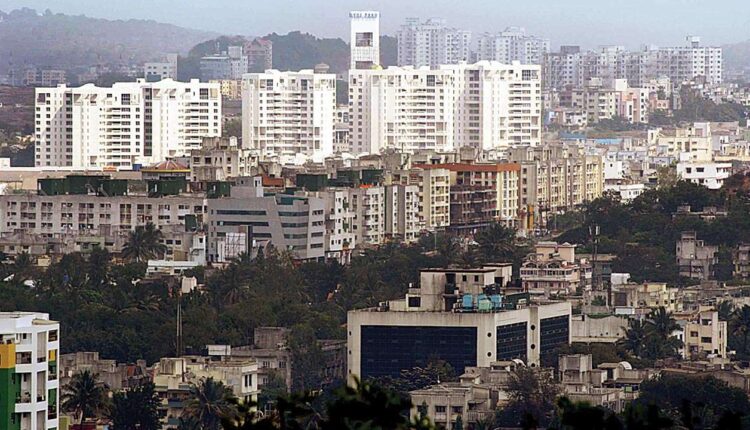Manjit Singh, president of the Lysosomal Storage Disorder Support Society, has appealed to the government to make annual budgetary provisions for rare diseases. Rare Disease Day is observed on the last day of February. In an interview with The Indian Express, Singh said the field of rare diseases is complex and requires a sustainable support mechanism for diagnosis as well as treatment.
Q: The ground-breaking work you and many others did on rare diseases in India not only led to acceptability and acknowledgment, but also the formulation of a National Policy on Rare Diseases in 2021. Please comment
Singh: Rare genetic disorders for long were not a priority for the policymakers of the country. Citing competing priorities and limited resource settings, the health authorities had remained silent spectators for long in spite of the availability of approved life-saving therapies in India for several of the notified disease conditions, including Pompe disease, Gaucher disease, MPS I and II and Fabry disease. It was the mobilisation of the patients and their caregivers and the interventions of several courts in India that led to the formulation of the National Policy for Rare Diseases. Initially introduced in 2017, the policy had to be kept in abeyance till March 2021. Patient advocacy groups had made several representations to the government seeking a holistic approach towards diagnosis, treatment and funding support. Although it is commendable that the health ministry has enhanced the funding to Rs 50 lakh for treatment, the current policy is practically not implementable except for some rare diseases that require one-time treatment. We would recommend the government make annual budgetary provisions for rare diseases.
Q. Despite several positive measures being undertaken by the ministry, a comprehensive model of continuum of care for rare diseases is still at infancy. What needs to be done?
Singh: A comprehensive approach towards rare diseases is still at its infancy. Thanks to judicial intervention, patients today have a ray of hope. It is now for the government to build urgency towards diagnosis and treatment of patients. Several young lives have been lost even after the formulation of the revised National Policy for Rare Diseases 2021, mostly due to the lack of clarity and administrative challenges. What is required is a change in the mindset and accountability, more on the part of the government, to make adequate funding available, and the centres of excellence should expedite the on-boarding of treatment for all eligible patients.
Q. Do you think that the multi-stakeholder response generated so far on rare diseases gives a hope to address similar concerns of unmet healthcare needs in India?
Singh: The field of rare diseases is complex and heterogeneous and requires a sustainable support mechanism for diagnosis as well as treatment. Such diseases are serious, chronic, debilitating and fatal, often requiring long term, specialised treatments or management, and sometimes causing severe handicap. Rare diseases specifically affect children. Nearly 50 per cent of new cases occur in children, causing 35 per cent of deaths before age 1, 10 per cent between the ages of one and five and 12 per cent between five and 15 years. Another area that has received due attention from all the right quarters is sickle cell anaemia. This is possible due to various stakeholders, primarily the patients. These two specific instances, rare diseases and sickle cell anaemia, definitely give hope to address other important yet unmet healthcare needs of the country
Q. How do you see this involvement of patient advocacy groups in this new policy regime?
Singh: The immense challenges associated with a rare disease—a consequence of a very small patient population—mean a delayed diagnostic process, difficult access to treatment and care, and high social, emotional and financial burden on patients and their families.Concerted efforts need to be undertaken in simplifying the complicated diagnostic pathways—it can take multiple doctors and multiple misdiagnoses and hence, a long time before even a preliminary diagnosis is made. This is where patient advocacy groups can play an instrumental role in raising awareness.


